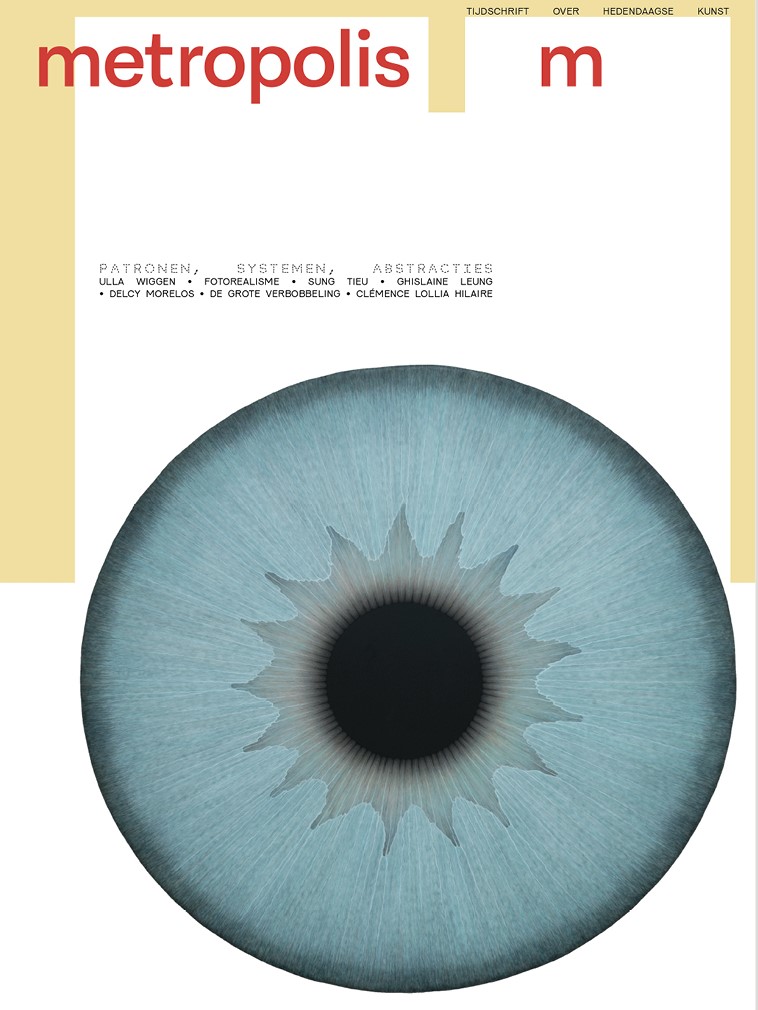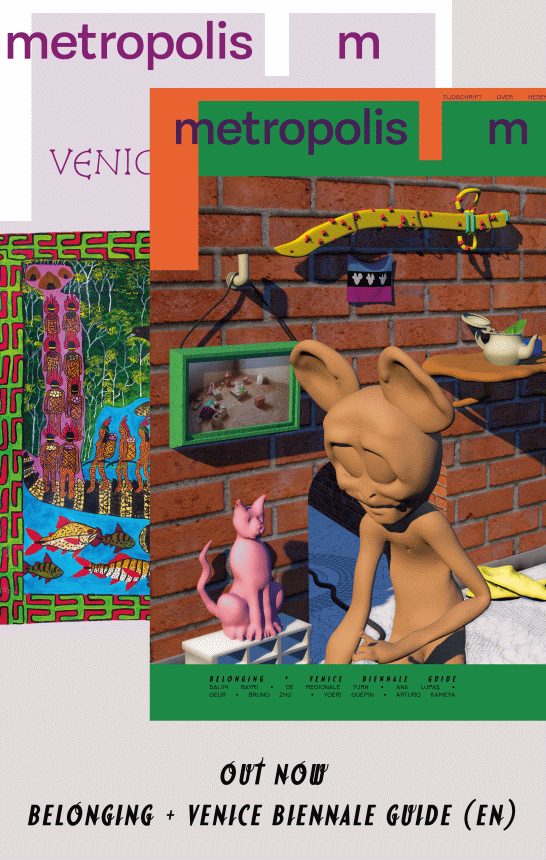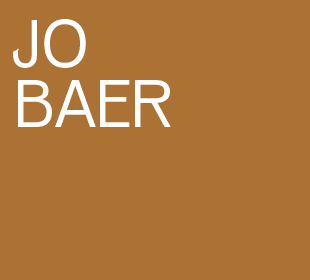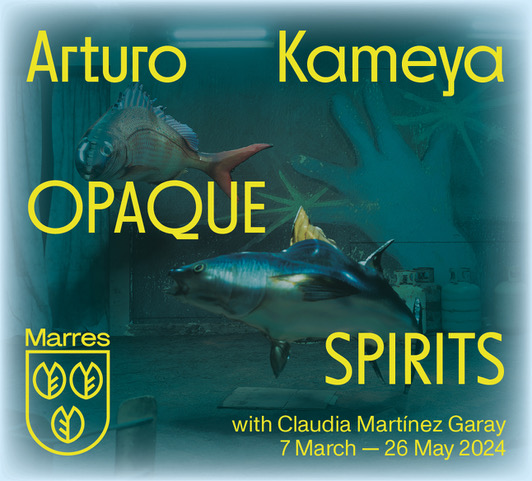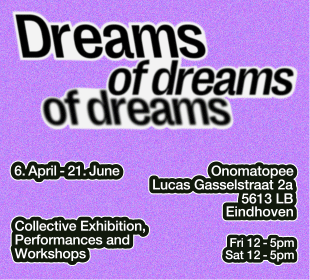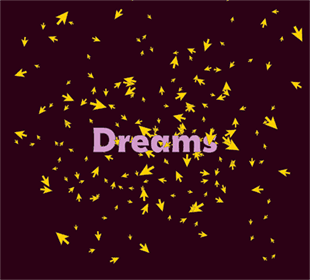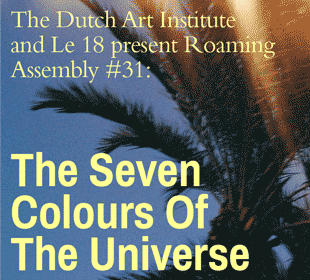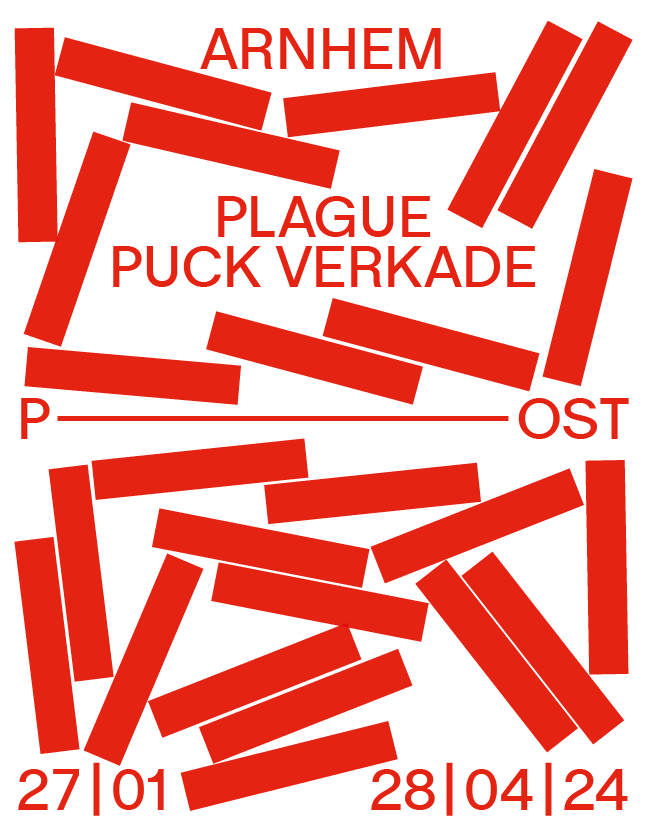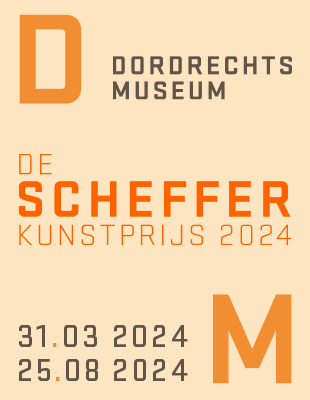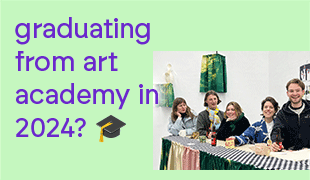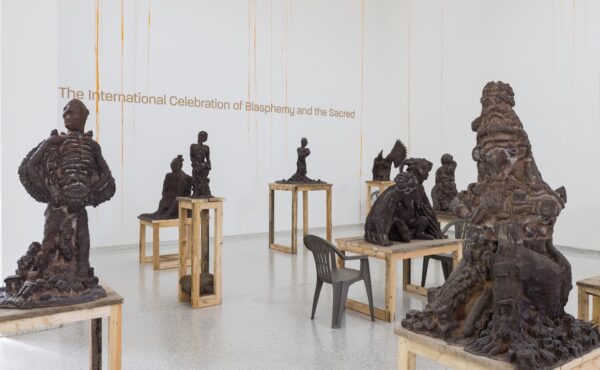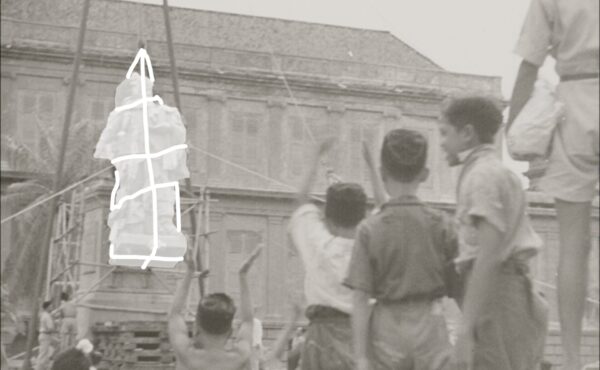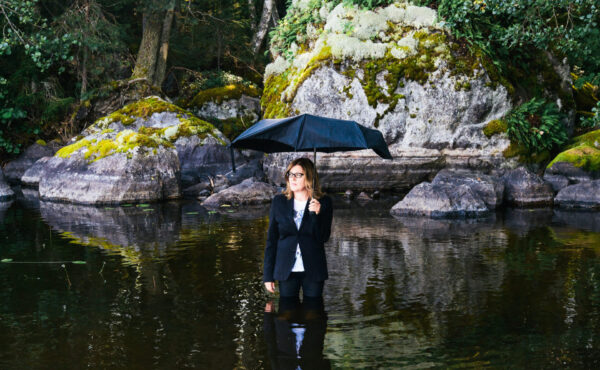
Prospect.3: Notes for Now

‘Anything could happen here because – Because nothing’s happening here right now?’ reads the text on one of Lisa Sigal’s archival digital prints from the series Home Court Crawl (2014). The phrase, transposed over an image of a vacant house, captures the New Orleans spirit pretty well. Here, good or evil could happen at any time. The vacant house speaks of New Orleans as a place that has still not fully come to terms with the trauma of Hurricane Katrina. Prospect.3 (P.3) is at its best when it shows how artists engage with the particular political, geographical or cultural context of New Orleans and Louisiana and there is much to see in this vein. However, the contributions by Lisa Sigal, Andrea Fraser, Kerry James Marshall, Douglas Bourgeois, Theaster Gates, Remy Jungerman and Thomas Joshua Cooper were outstanding.
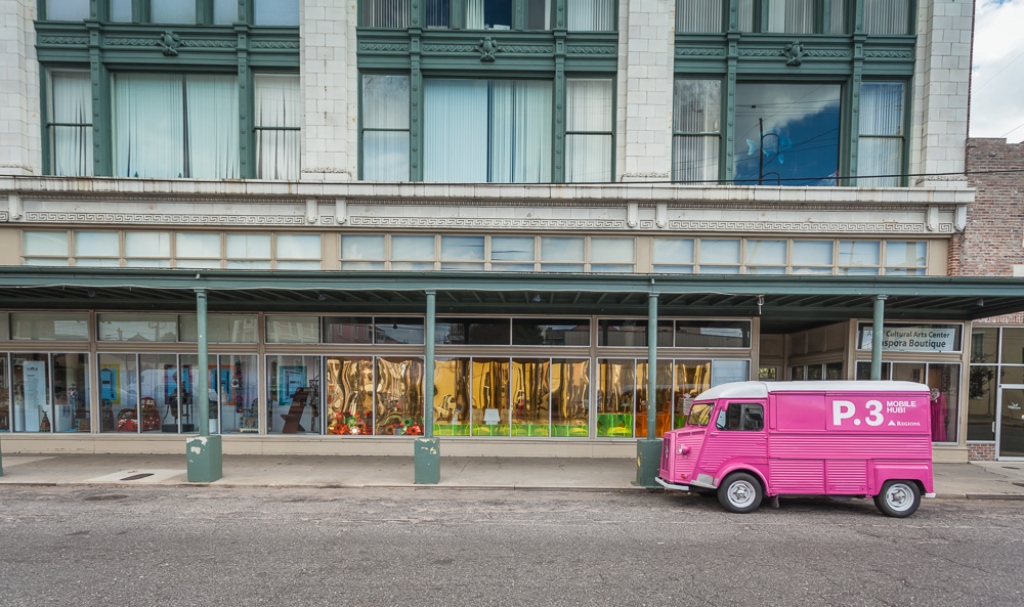
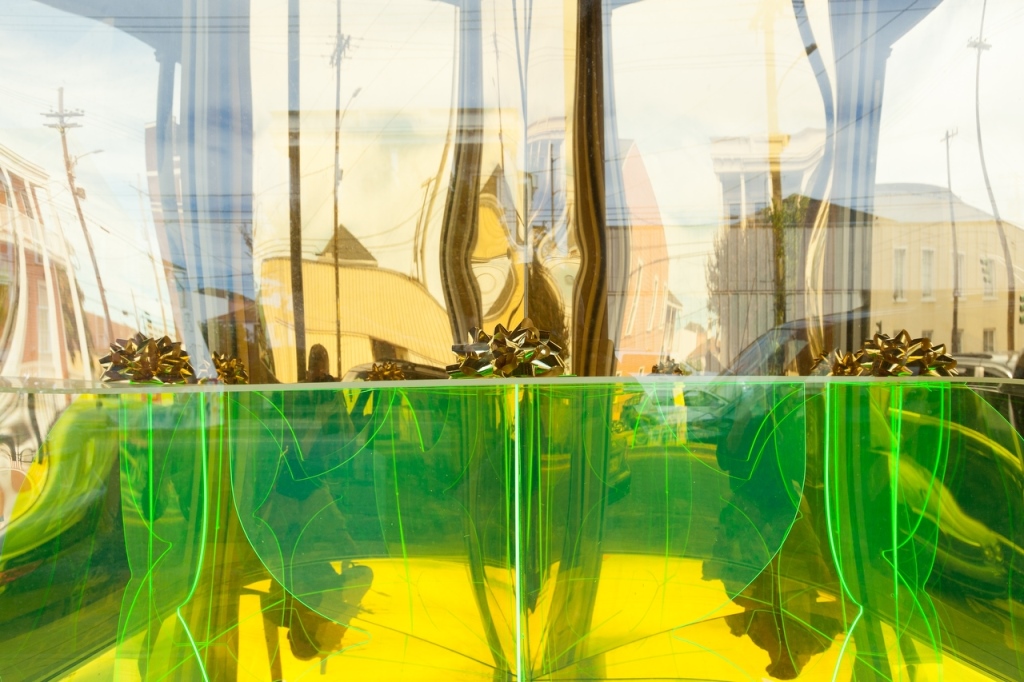
Marshall contributed The Manifold Pleasures, and such…, an installation in the shop windows of the Ashé Cultural Arts Center. Consisting of shiny, colourful plastic tables displaying birthday cards, golden ribbons, gift boxes and a plastic bag from Party City, the installation is reminiscent of Marshall’s 2012 window installation at a gallery in Chicago. There he had a similarly spacy, futuristic set-up of sparkling plastic bags with prints of names and faces of black characters from film and literature like Cleopatra Jones or Dr Henry Belsidus. But Marshall’s New Orleans’ window installation, surprisingly, has none of his usual historical or cultural references to blackness, probably because the Ashé Cultural Arts Center and New Orleans itself are already so full of black culture that pointing it out in this specific location wouldn’t make sense. ‘Just celebrate it’, seems to be the message.
While the work of Marshall rightly accentuates the view of New Orleans as a place where black culture thrives, Andrea Fraser’s performance emphasises that not all that glitters is gold. Fraser’s performance at NOMA, Not just a few of us, reminds us of how segregation and institutional racism intrude local politics. The performance is based on a New Orleans City Council hearing, which took place in 1991, about an ordinance requiring the integration of traditionally segregated private clubs and Carnival krewes. Fraser herself simulates the positions of nineteen characters, both opponents and supporters of the ordinance, and boils down the original event (which lasted a whole day) to a one-hour summary of the different positions taken. Not just a few of us brilliantly exposes the dynamics of confrontations over race, class, tradition, rights and economic interests. The character last to speak ends the performance with a call for a continuation of the dialogue about these controversial topics.
P.3 is made up of several smaller and larger exhibitions taking place in different venues all over the city. The Contemporary Arts Center New Orleans (CACNO) shows a selection of local and international contemporary art. Just a stone’s throw away, the Ogden Museum of Southern Art is hosting the exhibition ‘Basquiat and the Bayou’, while the New Orleans Museum of Art (NOMA) combines works from its collection of modern art with contemporary ones. Apart from these major exhibitions, several smaller installations have been set up, for instance, in the studio spaces of the Joan Mitchell Foundation, at the Longue Vue House and Gardens, Delgado Community College, or the gardens of the New Orleans African American Museum of Art, Culture and History. P.3 makes its audience travel all over New Orleans and, as a newcomer to the Big Easy, I truly enjoyed the way in which the bienniale helped me connect to it.
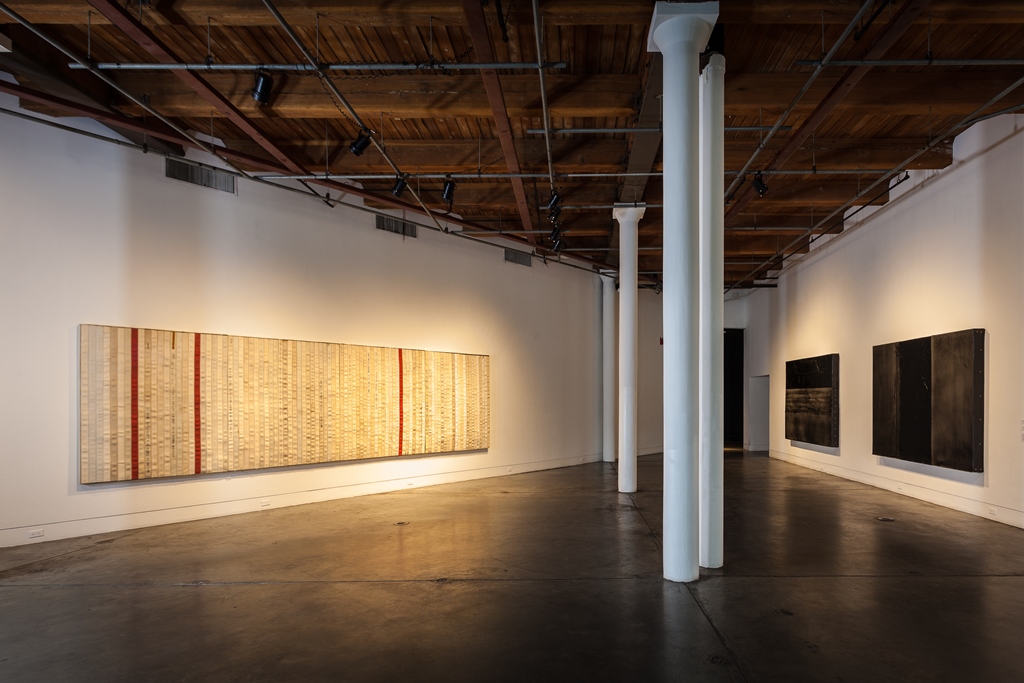
The conceptual configuration devised by P.3’s artistic director, Franklin Sirmans, emphasises two themes: New Orleans as a location and the relationships between human beings. New Orleans is a perfect backdrop for topics like creolisation, institutional racism and the aesthetics of blackness or otherness. Yet, Sirmans’ choices of international work appear to be largely influenced by New York and Los Angeles galleries, but their relevance to P.3 is not always made clear to visitors. The third floor of CACNO displayed a strange grouping of works by Pushpamala N., Pieter Hugo, Mohamed Bourouissa and Agus Suwage. Each of these works has a strong connection to the specific political and cultural contexts they address. Suwage’s Tolerance Wall #2, for instance, is a critical comment on the powerful position of Islam in Indonesia. Bourouissa’s work deals with the recent civil unrest and violence in France that originated from social factors like youth unemployment and problems with assimilation. The works in this section of the exhibition actually require their audiences to consider the political contexts that inform them. However, not much information is provided that could help the audience connect this presentation to the context of P.3.
Even though P.3 is not ground-breaking in its curatorial take, it still stands out from the multitude of biennials, in so far as most of the works on display connect exceptionally well to the history and the present of New Orleans, Louisiana and the southern states. ‘I believe in art about art’, says Sirmans in an interview published in the well-executed catalogue. This belief in art about art is confirmed by the exhibitions in NOMA and ‘Basquiat and the Bayou’ in the Ogden Museum. The first points to some interesting connections between contemporary and modernist art, while the Basquiat exhibit is an insightful reflection on the relationship between Basquiat’s work and the city’s jazz culture. Although it’s hard to shake the sense that Sirmans could have done more conceptually to tie up some loose ends between the international and the local, all in all, he achieved his goal: ‘If you can’t smell, hear, and taste New Orleans at Prospect.3, then you are not experiencing the exhibition to its fullest intention’. And indeed, Theaster Gates’ Overlapping Love (2014, wood, tar and rubber), on display at CACNO, ensures that even within the safe haven of the exhibition space, And indeed, Theaster Gates’ Overlapping Love (2014, wood, tar and rubber), on display at CACNO, ensures that even within the safe haven of the exhibition space, the audience cannot forget the toxic smell of racism.
Propect 3: Notes for Now
New Orleans
25 October – 24 january 2015
Kerstin Winking
